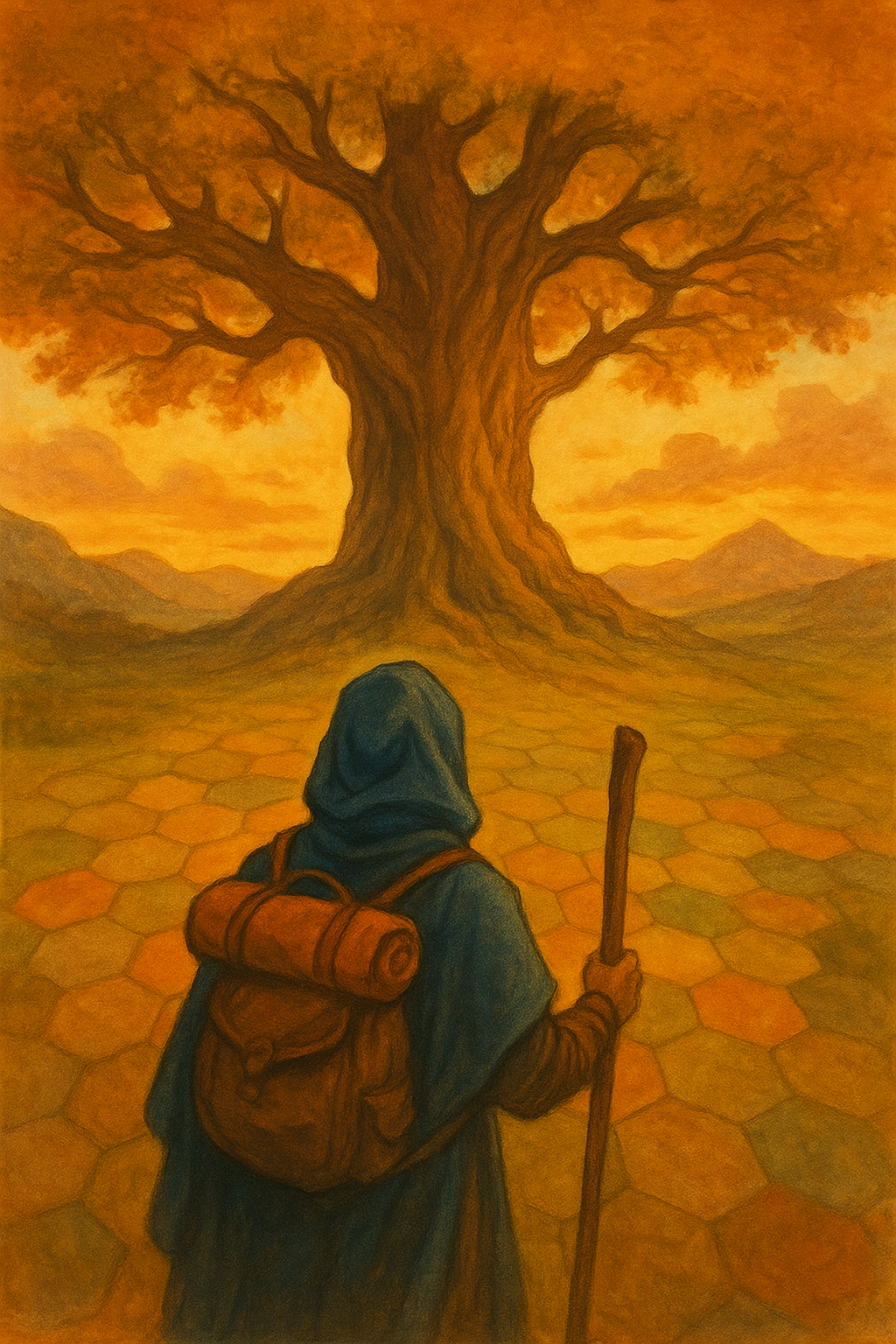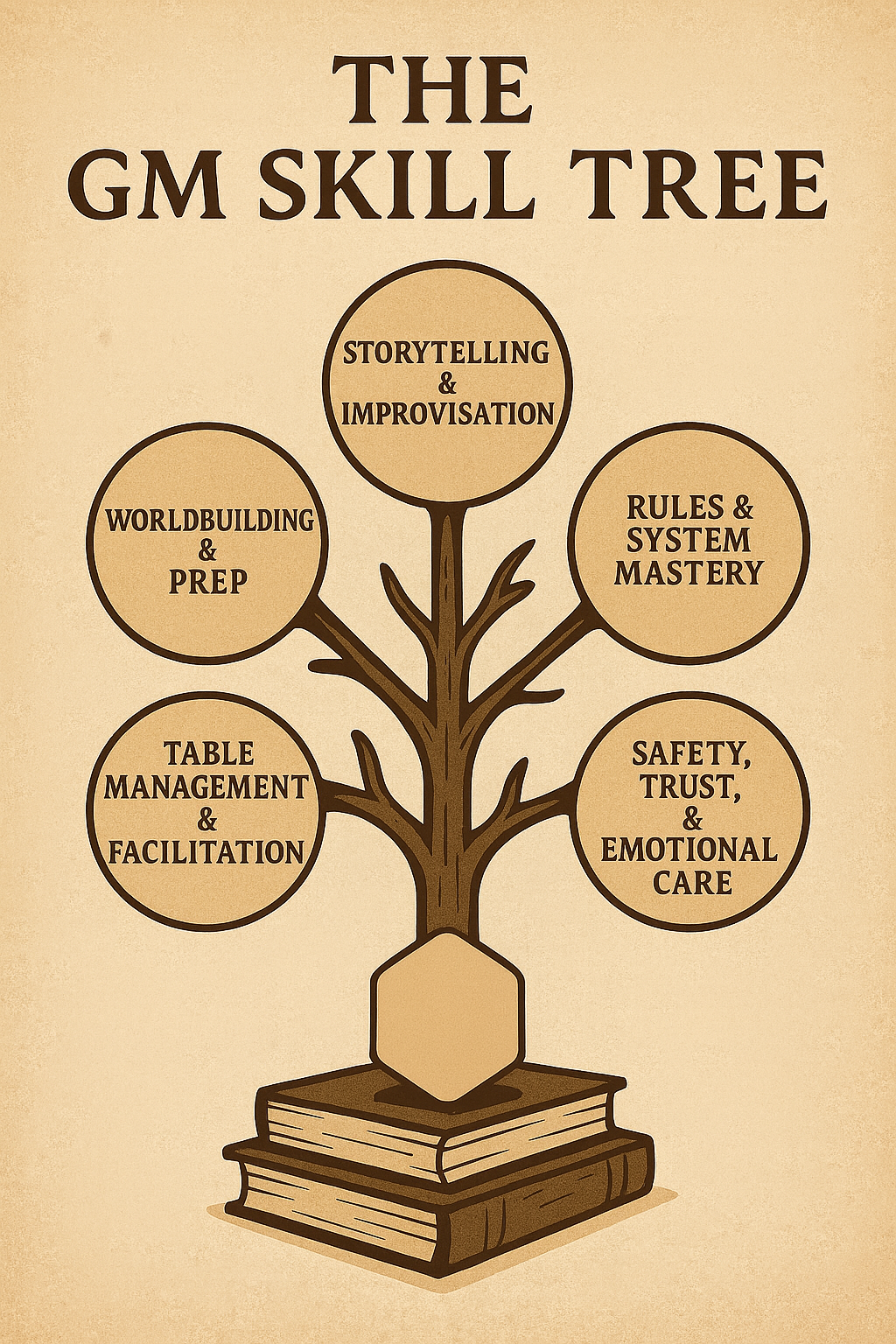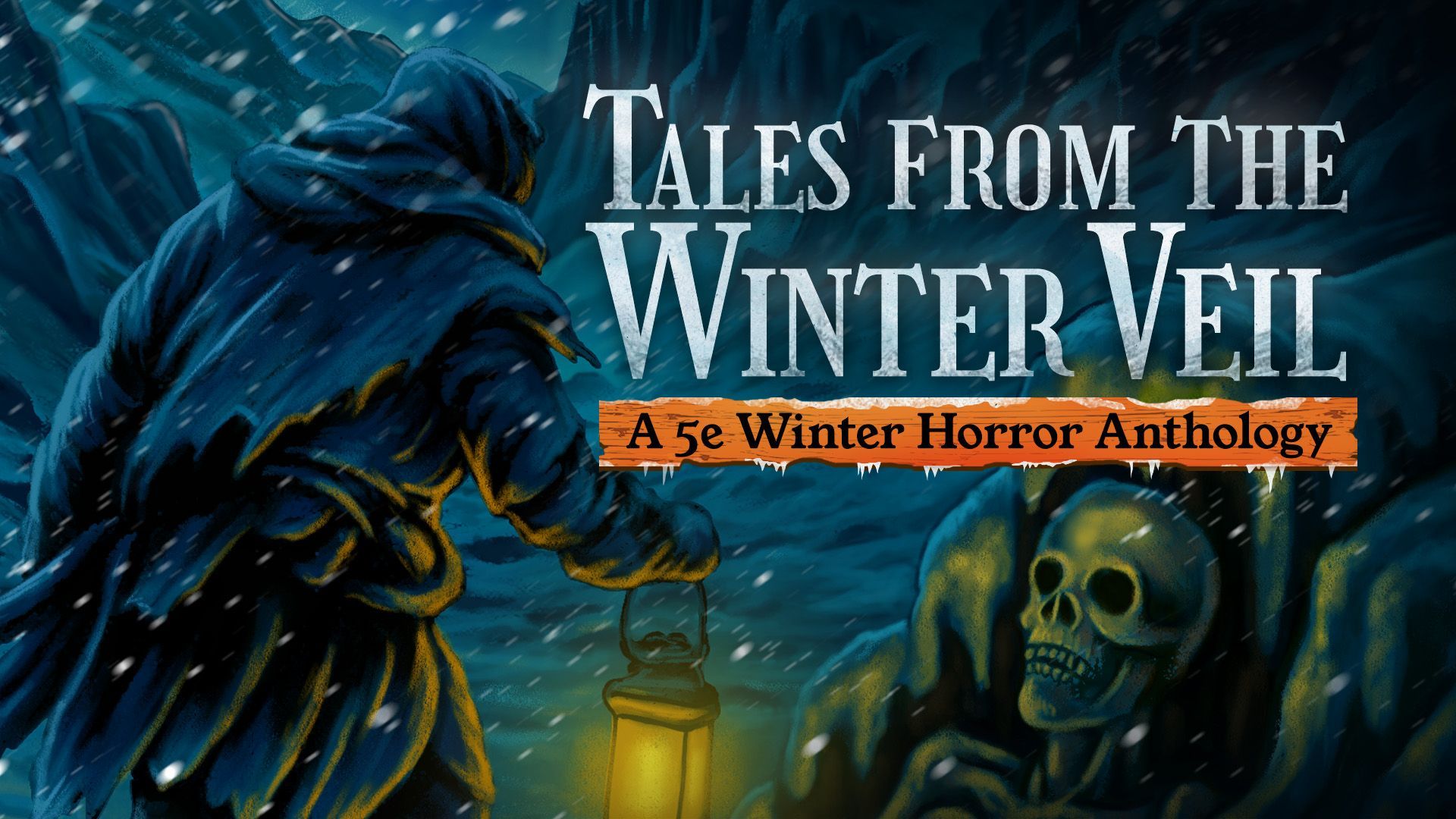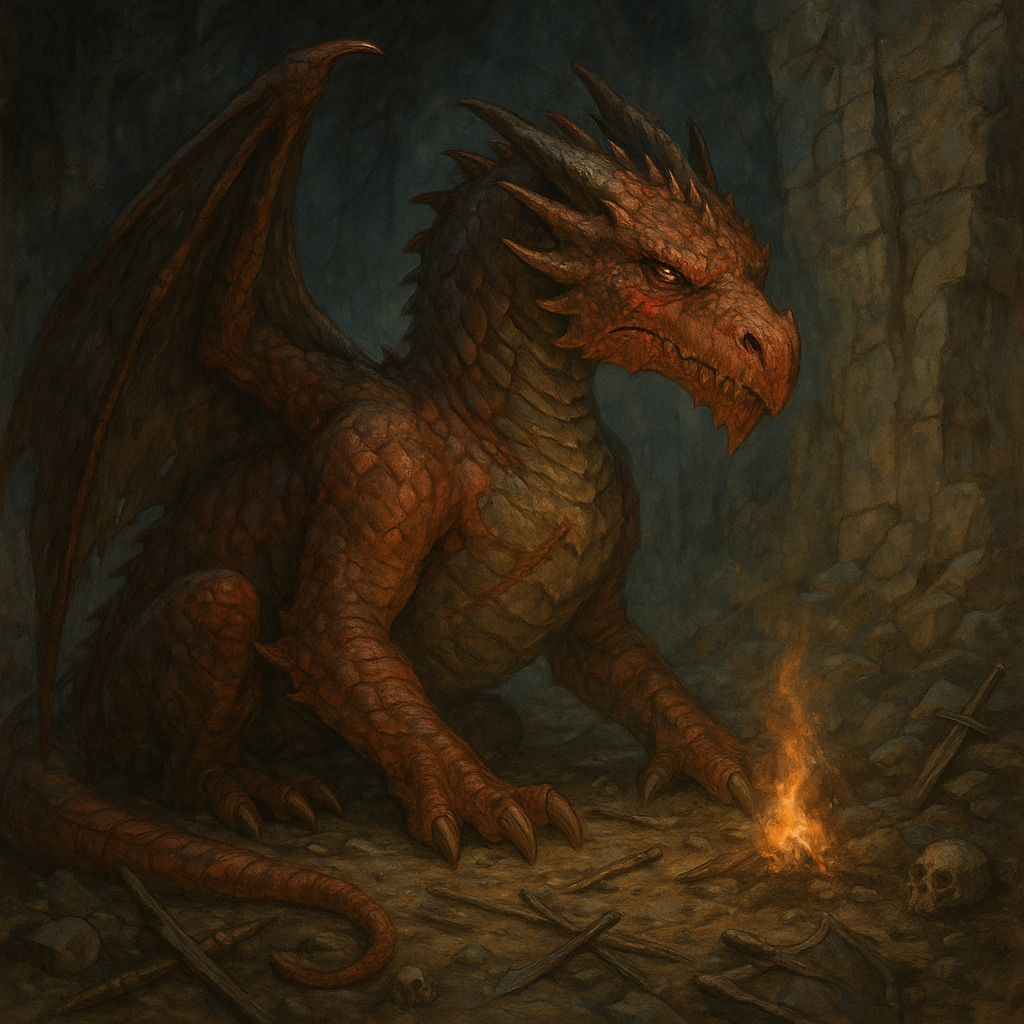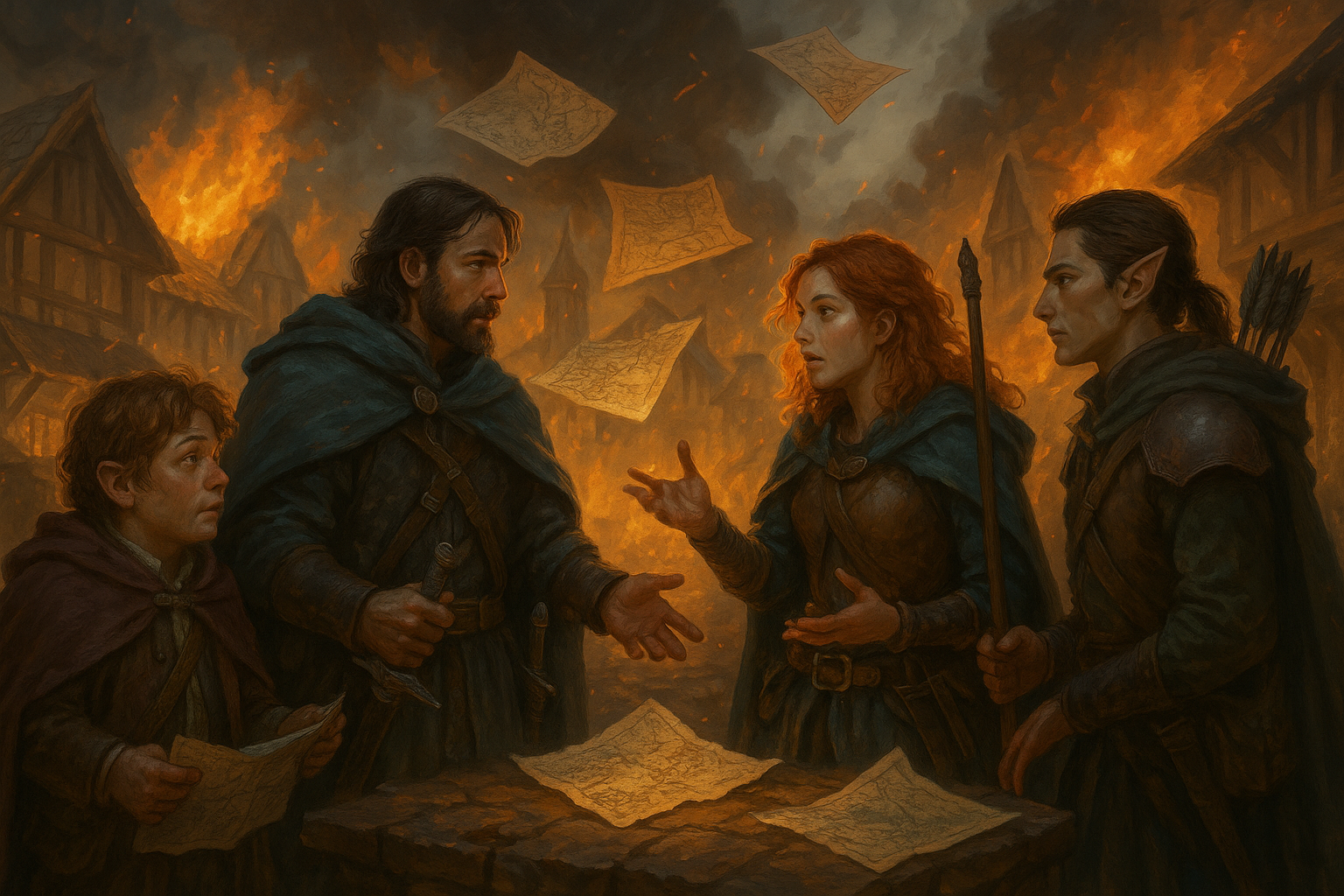Building a Better Backstory: The Ultimate Player's Guide to Character Depth
What Came Before...

Dear Readers,
Creating a character for Dungeons & Dragons (D&D) is an exhilarating experience. You get to craft someone entirely new, someone who will embark on epic adventures, face incredible challenges, and grow alongside the party. But beyond picking stats, rolling dice, and selecting class abilities, the heart of your character lies in their backstory. A compelling backstory can elevate your gameplay, deepen your roleplaying experience, and provide your Dungeon Master (DM) with hooks to weave your character seamlessly into the story.
This guide will help you craft a nuanced, dynamic backstory that adds depth to your character and enriches your D&D campaign. Whether you’re a seasoned player or rolling your first character, these steps and tips will help you build a backstory that resonates.
1. Start with the Basics
Before diving into the complexities, establish a foundation for your character. These basic elements will anchor your backstory and serve as a framework for additional details.
Name
What’s in a name? A lot, actually. A well-chosen name can hint at cultural heritage, family background, or personal aspirations. Think about whether your character’s name reflects their upbringing, a nickname tied to a pivotal event, or a name adopted to conceal their true identity.
Race and Class
Your character’s race and class offer rich narrative opportunities. How do their racial traits influence their worldview? Why did they choose their class? Was it out of necessity, tradition, or rebellion?
Background
D&D backgrounds, such as Acolyte, Outlander, or Criminal, provide a starting point. Use this as a springboard to delve deeper. For example, an Acolyte’s backstory might explore the faith that inspired their devotion or the crisis that tested it.
2. Ask Questions to Uncover Depth
Answering key questions can transform your character from a collection of stats into a fully realized individual. Here are some prompts to get you started:
Who Are They?
- What were they like as a child?
- What are their greatest strengths and flaws?
- How do they view themselves versus how others perceive them?
Where Do They Come From?
- What was their home like? A bustling city, a remote village, or somewhere else entirely?
- Who were their mentors, friends, or rivals?
- What significant events shaped their upbringing?
What Drives Them?
- What is their main goal or dream?
- Do they have any fears or regrets?
- What’s their moral compass? Are they guided by personal codes, religious beliefs, or a desire for redemption?
3. The Rule of Threes
When building your backstory, use the Rule of Threes to focus on key elements:
- Three Defining Moments: Highlight three pivotal events that shaped your character. For instance, a betrayal, a loss, and a victory could all contribute to their worldview.
- Three Core Relationships: Identify three important connections, such as a mentor, a sibling, or an enemy. These relationships add depth and potential story hooks.
- Three Ongoing Goals: Define short-, medium-, and long-term goals. A short-term goal might be earning the party’s trust, while a long-term goal could involve reclaiming a lost homeland.
4. Conflict and Growth
Every great character has room for growth. Internal and external conflicts create opportunities for roleplay and development. Consider:
- Internal Conflict: What internal struggle defines your character? Are they wrestling with guilt, anger, or a sense of inadequacy?
- External Conflict: What external forces shape their journey? This could include a rival, a cursed artifact, or a prophecy.
- Growth Arc: How do you envision your character evolving throughout the campaign? Will they confront their fears, reconcile with their past, or redefine their purpose?
5. Weave the Backstory into the Campaign
A collaborative approach to backstory creation ensures your character’s history aligns with the campaign world.
Talk to Your DM
Share your backstory with your DM and ask for input. They can help integrate your character into the campaign setting, adding personal stakes and unique plot threads.
Tie to the World
Explore how your character fits into the campaign world. Are they part of a noble house, a secret society, or a wandering tribe? Do they have knowledge of the local lore, or are they a stranger in a strange land?
Connect with the Party
Consider how your character relates to the other party members. Did they know anyone before the campaign began? What first impression did they make?
6. Avoid Common Pitfalls
While it’s exciting to dream big, certain pitfalls can hinder gameplay.
Overly Tragic Backstories
While tragedy can be compelling, an excessively bleak backstory might overshadow the campaign’s tone. Balance hardship with moments of joy or hope.
Lone Wolf Syndrome
Characters who refuse to work with others can disrupt party dynamics. Even if your character is a loner, give them a reason to stay with the group.
Overpowered Histories
Avoid creating a character who is already a legendary hero. D&D is about growth and adventure, so leave room for your character to achieve greatness.
7. Incorporate Unique Twists
Adding a twist to your backstory can make it memorable and exciting. Here are some ideas:
- Hidden Heritage: Your character discovers they’re the last heir of a lost kingdom.
- Secret Agenda: They’re undercover, gathering intelligence on a target.
- Unusual Ally: They have a bond with a surprising companion, such as a sentient weapon or a mischievous fey.
8. Write with Purpose
When writing your backstory, keep it concise and purposeful. A 1-2 page summary is usually sufficient for most campaigns. Focus on the most impactful moments and leave room for in-game development.
Example Backstory Format
- Introduction: Name, race, class, and background.
- Early Life: Key events and upbringing.
- Defining Moments: Three pivotal experiences.
- Current Goals: What drives them now?
- Connections: Relationships and ties to the world.
9. Evolving Backstories
Backstories aren’t static. As the campaign progresses, your character’s story will evolve. Work with your DM to incorporate new revelations, connections, and challenges.
Examples of Evolution
- A lost sibling presumed dead is revealed to be alive—and working for the enemy.
- A magical artifact your character possesses begins revealing its true purpose.
- A relationship with a party member deepens into friendship, rivalry, or romance.
10. Get Inspired
Inspiration can come from many sources:
- Books and Movies: Draw on favorite characters or story arcs.
- Personal Experiences: Incorporate elements from your own life or history.
- Mythology and Folklore: Borrow themes and motifs from myths and legends.
Example Backstory: Laelra Vayra, Half-Elf Rogue
Introduction
Laelra Vayra, a half-elf rogue with the Criminal background, was born in the shadowy alleys of Waterdeep. Quick with a blade and quicker with her wits, she made a name for herself as a smuggler.
Early Life
Laelra’s elven father abandoned her family, leaving her human mother to raise her in poverty. Growing up in the Dock Ward, she learned to fend for herself, stealing to survive. A chance encounter with a kind-hearted fence named Calder gave her the skills to thrive.
Defining Moments
- Betrayal: Calder was murdered by a rival gang, sparking Laelra’s thirst for revenge.
- Escape: Laelra narrowly avoided capture after a failed heist, leaving her with a scar and a fear of imprisonment.
- Discovery: She uncovered an ancient map pointing to a hidden treasure that could secure her future.
Current Goals
Laelra seeks the treasure to escape her criminal past and start anew. She also hopes to find Calder’s killer and bring them to justice.
Connections
Laelra has ties to the Dock Ward’s criminal underworld, a strained relationship with her estranged father, and a budding friendship with a cleric who saved her life.
Final Thoughts
Building a better backstory takes time and creativity, but the rewards are immense. A well-crafted backstory adds depth to your character, enhances your roleplaying, and enriches the campaign for everyone. Remember to collaborate with your DM and fellow players, and don’t be afraid to let your character grow and change as the story unfolds.
Until next time, Dear Readers...















